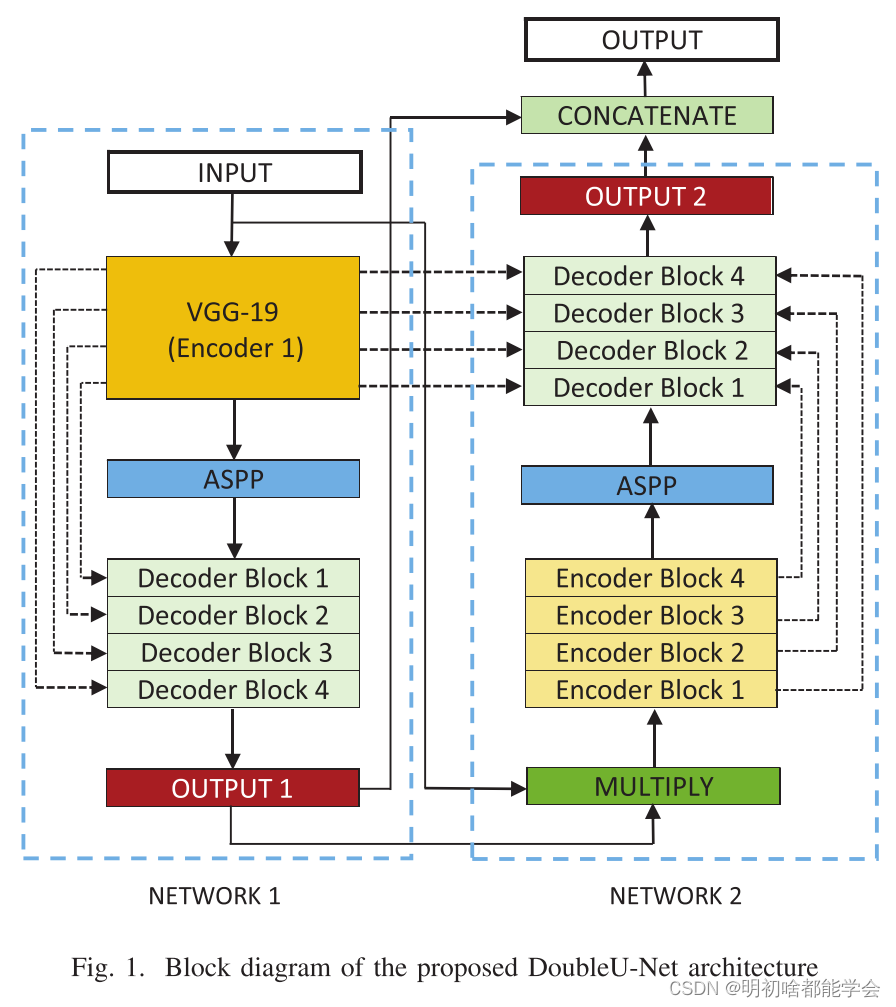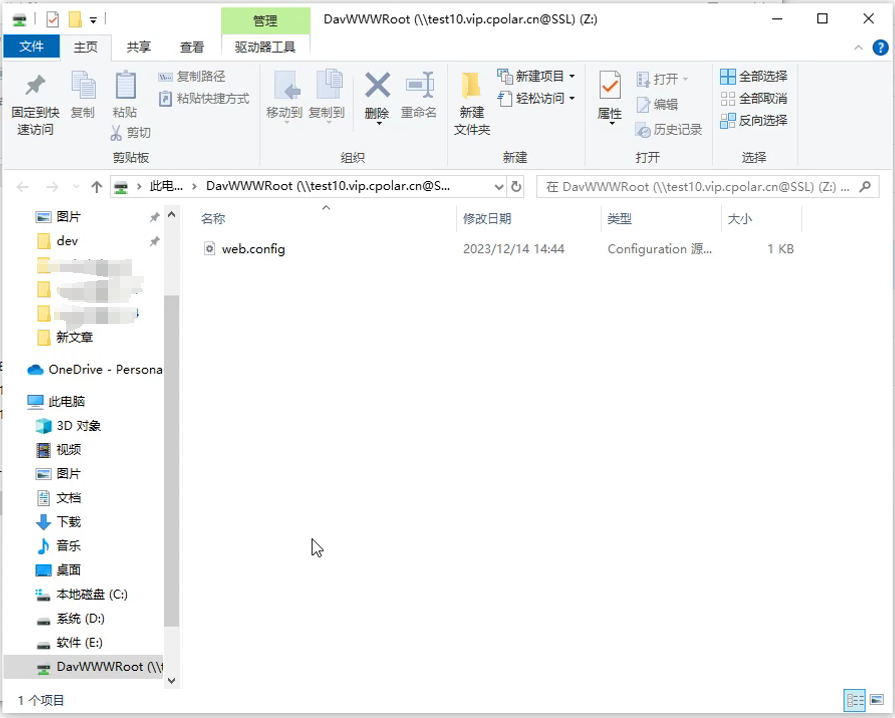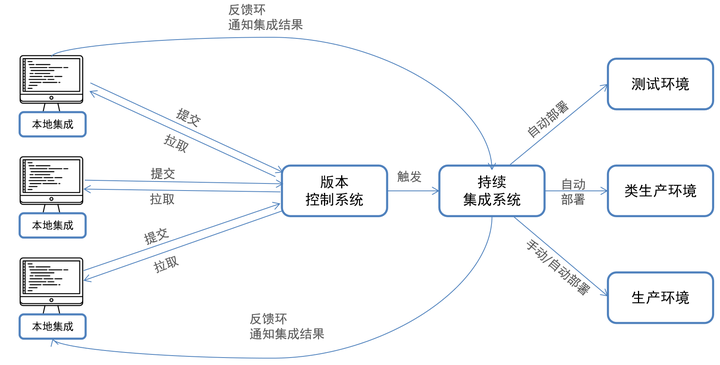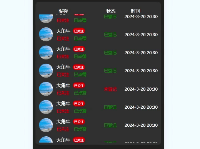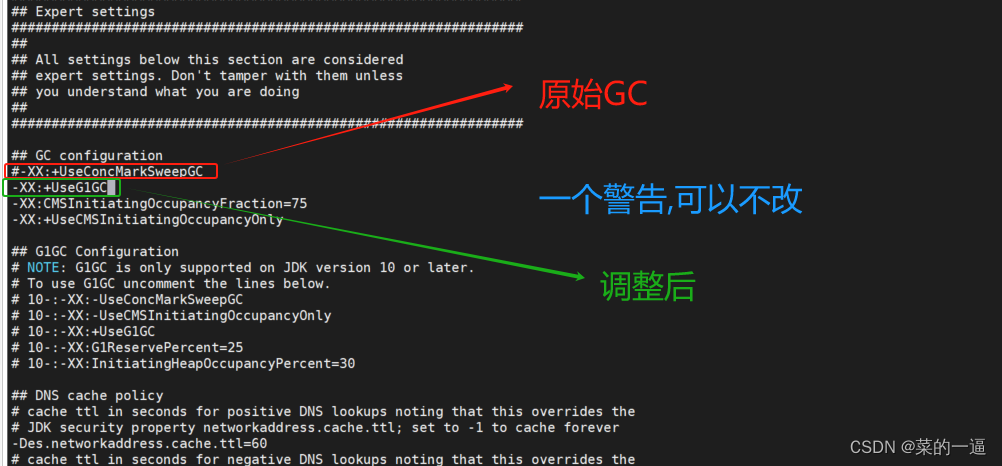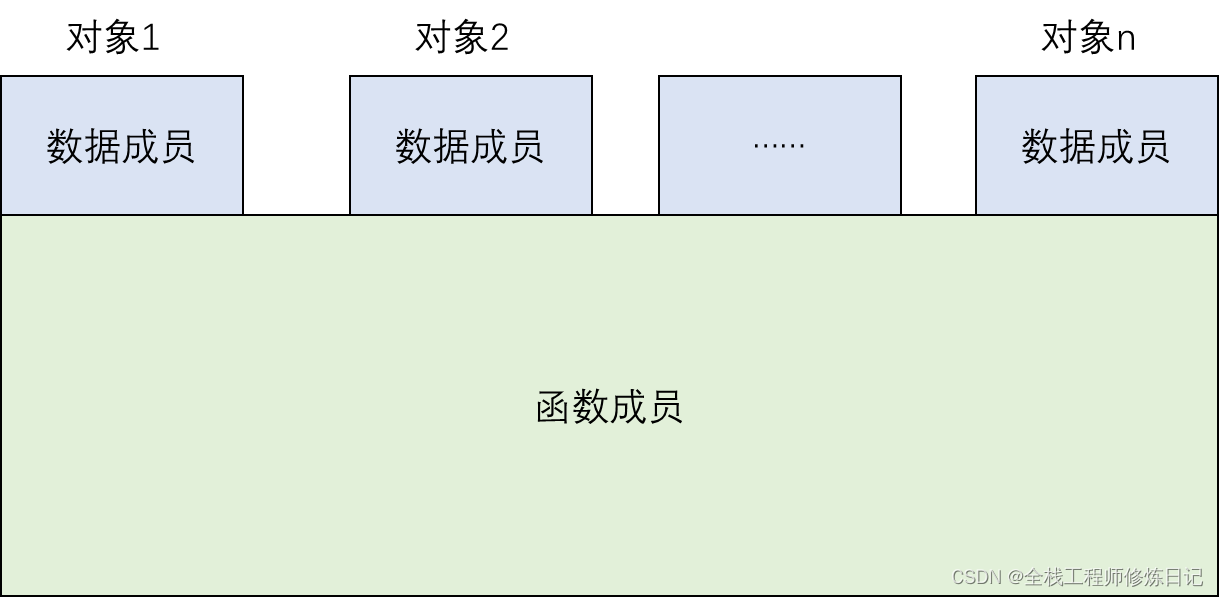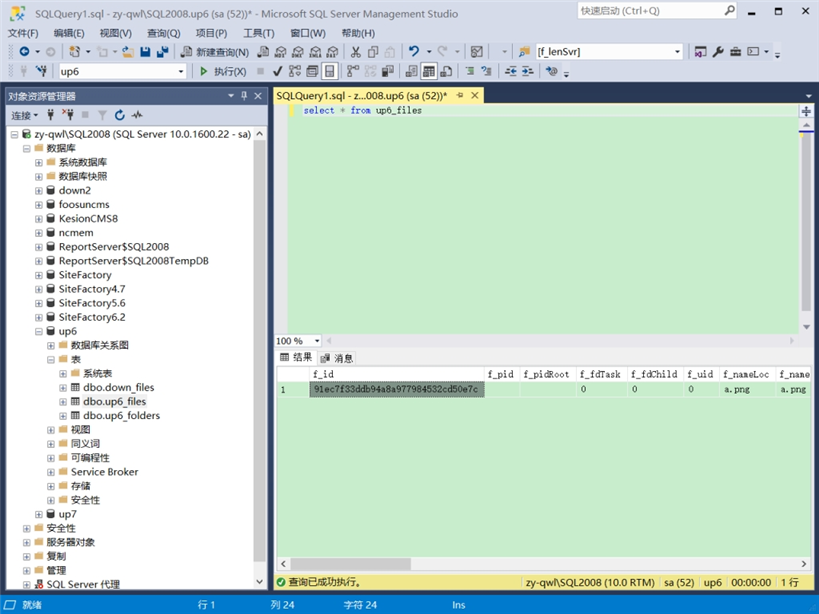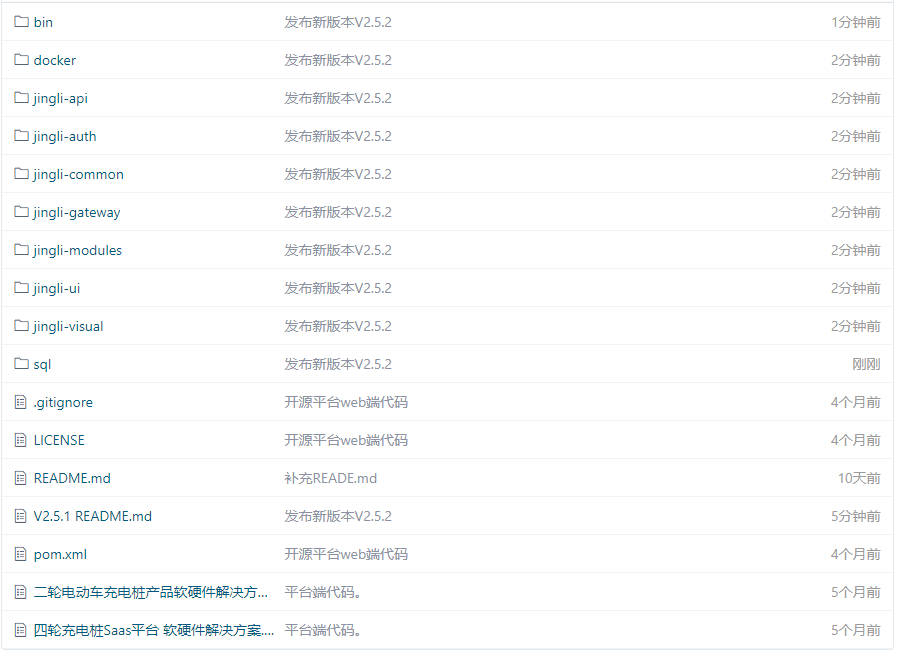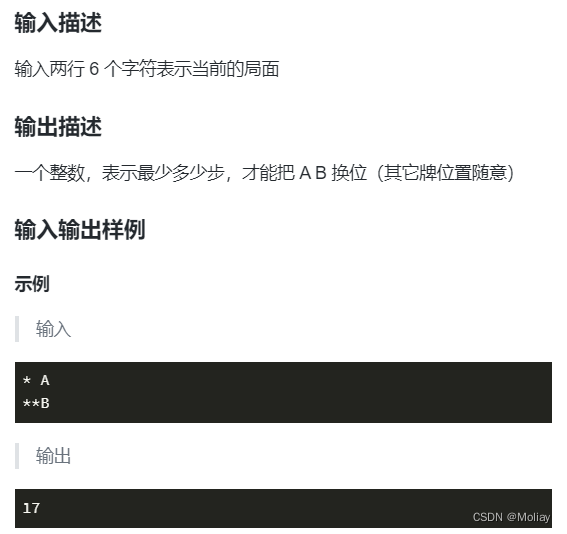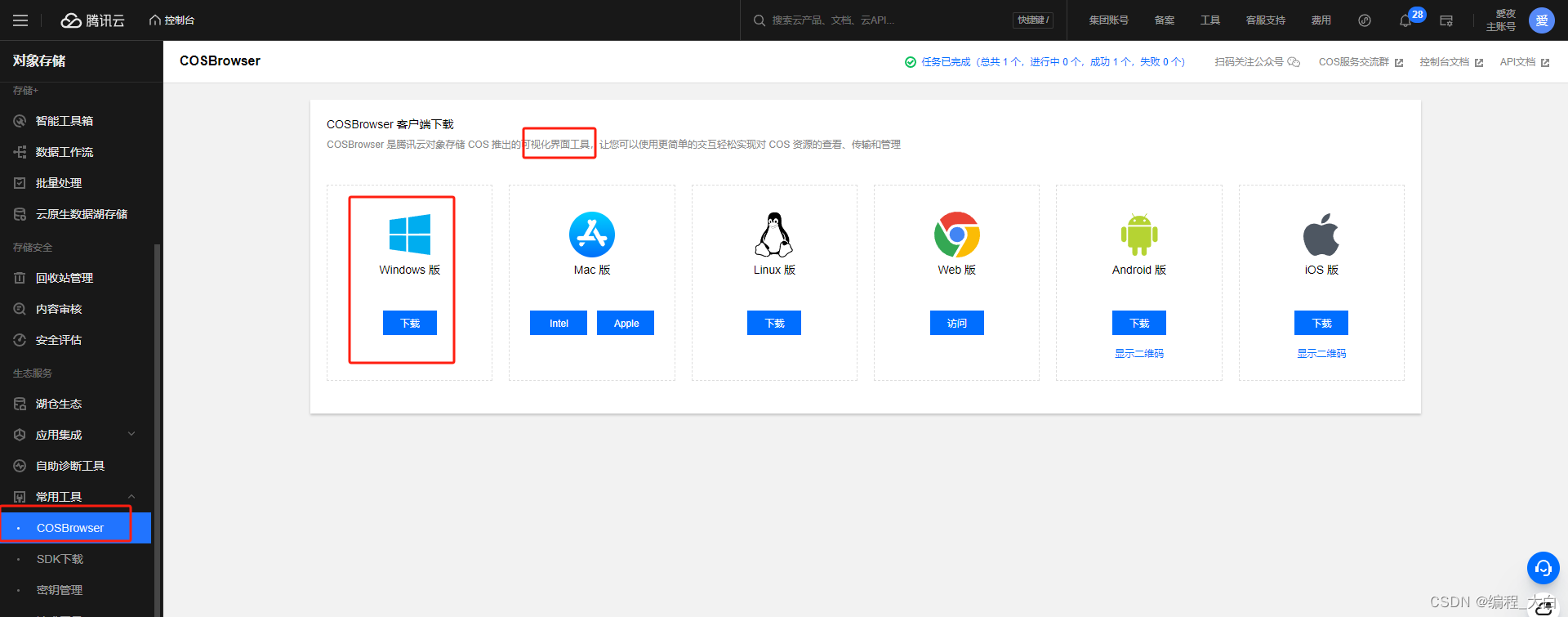LRU算法
概述
Redis作为缓存使用时,一些场景下要考虑内容的空间消耗问题。Redis会删除过期键以释放空间,过期键的删除策略
有两种:
- 1.惰性删除:每次从键空间中获取键时,都检查取得的键是否过期,如果过期的话,就删除该键;如果没有过期,就返回该键。
- 2.定期删除:每隔一段事件,程序就对数据库进行一次检查,删除里面的过期键。
Redis也可以开启LRU功能来自动淘汰一些键值对。
例子
~~~~~A~~~~~A~~~~~A~~~~A~~~~~A~~~~~A~~|
~~B~~B~~B~~B~~B~~B~~B~~B~~B~~B~~B~~B~|
~~~~~~~~~~C~~~~~~~~~C~~~~~~~~~C~~~~~~|
~~~~~D~~~~~~~~~~D~~~~~~~~~D~~~~~~~~~D|
举个例子,图中的A每隔5s访问一次,B每2s访问一次,C与D每10s访问一次,| 代表计算空闲时间的截止点。可以看到,LRU对ABC工作的很好,完美预测了将来被访问到的概率B>A>C,但对于D却预测了最少的空闲时间,但总体来说,LRU算法已经是一个性能足够好的算法了
LRU配置参数。
Redis配置中和LRU有关的有三个:
- 1.maxmemory:配置Redis存储数据时指定限制的内存大小,比如100m。当缓存消耗的内存超过这个数值时,将触发数据淘汰。该数据配置为0时,表示缓存的数据量没有限制,即LRU功能不生效。64位的系统默认值为0,32位的系统默认内存限制为3GB
- 2.maxmemory_policy:触发数据淘汰后的淘汰策略
- 3.maxmemory_samples:随机采样的精度,也就是随机取出key的数目。该数值配置越大,越接近真实的LRU算法,但是数值越大,相应消耗也变高,对性能有一定影响,样本值默认为5.
淘汰策略
淘汰策略即maxmemory_policy的赋值有以下几种:
- 1.noeviction:如果缓存数据超过了maxmemory限定值,并且客户端正在执行的命令(大部分的写入指令,但DEL和几个指令例外)会导致内存分配,则向客户端返回错误相应
- 2.allkeys-lru:对所有的键都采取LRU淘汰
- 3.volatile-lru:仅对设置了过期时间的键采取LRU淘汰
- 4.allkeys-random:随机回收所有的键
- 5.volatile-random:随机回收设置过期时间的键
- 6.volatile-ttl:仅淘汰设置了过期时间的键—淘汰生存时间TTL(Time To Live)更小的键
- volatile-lru,volatile-random和volatile-ttl这三个淘汰策略使用的不是全量数据,有可能无法淘汰出足够的内存空间,在没有过期键或者没有设置超时属性的键的情况下,这三种策略和noeviction差不多。
一般的经验规则: - 1.使用allkeys-lru策略:当预期请求符合一个幂次分布(二八法则等),比如一部分的子集元素比其他元素被访问的更多时,可以选择
这个策略 - 2.使用allkeys-random:循环连续的访问所有的键时,或者与其请求分布平均(所有元素被访问的概率都差不多)
- 3.使用volatile-ttl:要采取这个策略,缓存对象的TTL值最好有差异
volatile-lru和volatile-random策略,当你想要使用单一的Redis实例来同时实现缓存淘汰和持久化一些经常使用的键集合时很有用。未设置过期时间的键进行持久化保存,设置了过期时间的键参与缓存淘汰。不过一般运行两个实例是解决这个问题的更好办法
为键设置过期时间是需要消耗内存的,,所以使用allkeys-lru这种策略更加节省空间,因为这种策略可以不为键设置过期时间。
近似LRU算法
我们知道,LRU算法需要一个双向链表来记录数据的最近被访问顺序,但是处于节省内存的考虑,Redis的LRU算法并非完整的实现。
Redis并不会选择最久未被访问的键进行回收,相反它会尝试运行一个近似LRU的算法,通过对少量键进行取样,然后回收其中最久未被
访问的键,通过调整每次回收的采样杨数量maxmemory-samples,可以实现调整算法的精度。根据Redis作者的说法,每个RedisObject
可以挤出24bits,但24bits是不够存储两个指针的,而存储一个低位时间戳是足够的,RedisObject以秒为单位存储了对象新建或者更新时的
unix time,也就是LRU clock,24bits 能表示的最大数值为2^24-1,即16777215秒,16777215 / 86400(一天的秒数) = 194.56 ,因此得出
最长的时间跨度是约194天而缓存的数据更新非常频繁,已经足够了。
Redis的键空间是放在一个哈希表中的,要从所有的键中选出一个最久未被访问的键,需要另外一个数据结构存储这些源信息,这显然不划算,
最初,Redis只是随机的选3个key,然后从中淘汰,后来算法改进到了N个key,默认是5个。Redis3.0之后又改善了算法的性能,会提供一个
待淘汰候选key的pool,里面默认有16个key,按照空闲事件排好序。更新时从Redis键空间随机选择N个key,分别计算它们的空闲事件idle,
key只会在pool不满或者空闲时间大于pool里最小的时候,才会进入pool,然后从pool中选择空闲时间最大的key淘汰掉。
真实LRU算法与近似LRU的算法可以通过下面的图像对比
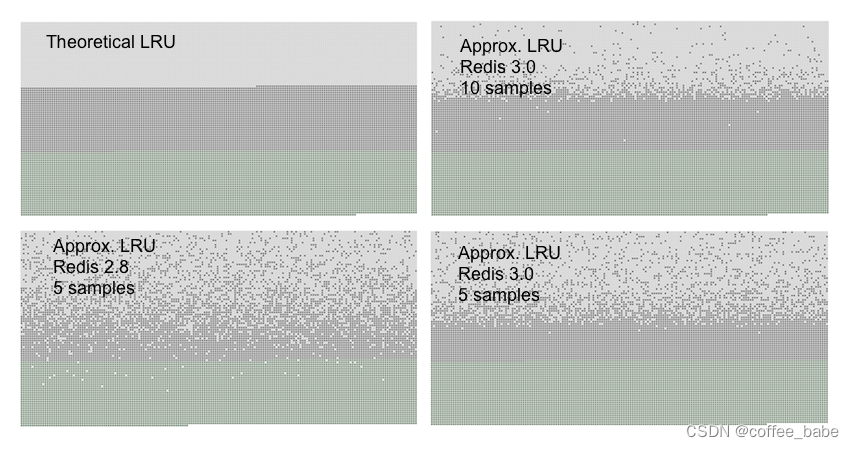
浅灰色是已经被淘汰的对象,灰色带是没有被淘汰的对象。可以看出,maxmemory-samples值为5时,
Redis3.0效果要比Redis2.0要好,使用10个采样大小的Redis3.0的近似LRU算法已经非常接近理论的性能,
数据访问模式非常接近幂次分布时,也就是大部分的访问集中于部分键时,LRU近似算法会处理得很好。
在模拟实验的过程中,我们发现如果使用幂次分布的访问模式,真实LRU算法和近似LRU算法几乎没有差别
LRU源码分析
Redis中的键与值都是redisObject对象
typedef struct redisObject {
// 4位
unsigned type:4;
// 4位
unsigned encoding:4;
// 24位
// LRU time (相对于全局的lru_clock) or
// LFU data(低8位是频率,高16位是访问时间)
unsigned lru:LRU_BITS;
// 4个字节 32位
int refcount;
// 8个字节 64位
void *ptr;
} robj;
unsigned的低24bits的lru记录了 redisObj的LRU time
Redis命令访问缓存的数据,均会调用函数的lookupkey:
robj *lookupKey(redisDb *db, robj *key, int flags) {
dictEntry *de = dictFind(db->dict,key->ptr);
if (de) {
robj *val = dictGetVal(de);
/* Update the access time for the ageing algorithm.
* Don't do it if we have a saving child, as this will trigger
* a copy on write madness. */
if (server.rdb_child_pid == -1 &&
server.aof_child_pid == -1 &&
!(flags & LOOKUP_NOTOUCH))
{
if (server.maxmemory_policy & MAXMEMORY_FLAG_LFU) {
updateLFU(val);
} else {
val->lru = LRU_CLOCK();
}
}
return val;
} else {
return NULL;
}
}
该函数在策略为LRU(非LFU)时会更新对象的lru值,设置为LRU_CLOCK()值:
/* Return the LRU clock, based on the clock resolution. This is a time
* in a reduced-bits format that can be used to set and check the
* object->lru field of redisObject structures. */
unsigned int getLRUClock(void) {
return (mstime()/LRU_CLOCK_RESOLUTION) & LRU_CLOCK_MAX;
}
/* This function is used to obtain the current LRU clock.
* If the current resolution is lower than the frequency we refresh the
* LRU clock (as it should be in production servers) we return the
* precomputed value, otherwise we need to resort to a system call. */
unsigned int LRU_CLOCK(void) {
unsigned int lruclock;
if (1000/server.hz <= LRU_CLOCK_RESOLUTION) {
atomicGet(server.lruclock,lruclock);
} else {
lruclock = getLRUClock();
}
return lruclock;
}
LRU_CLOCK():取决于LRU_CLOCK_RESOLUTION(默认值1000),LRU_CLOCK_RESOLUTION代表了LRU算法的精度,即一个LRU的单位是多长。server.hz代表服务器刷新的频率,如果服务器的时间更新精度比LRU的精度值要小,LRU_CLOCK()直接使用服务器的时间,减少开销。
freeMemoryIfNeededAndSafe函数
源码如下
int freeMemoryIfNeeded(void) {
/* By default replicas should ignore maxmemory
* and just be masters exact copies. */
if (server.masterhost && server.repl_slave_ignore_maxmemory) return C_OK;
size_t mem_reported, mem_tofree, mem_freed;
mstime_t latency, eviction_latency;
long long delta;
int slaves = listLength(server.slaves);
/* When clients are paused the dataset should be static not just from the
* POV of clients not being able to write, but also from the POV of
* expires and evictions of keys not being performed. */
if (clientsArePaused()) return C_OK;
if (getMaxmemoryState(&mem_reported,NULL,&mem_tofree,NULL) == C_OK)
return C_OK;
mem_freed = 0;
if (server.maxmemory_policy == MAXMEMORY_NO_EVICTION)
goto cant_free; /* We need to free memory, but policy forbids. */
latencyStartMonitor(latency);
while (mem_freed < mem_tofree) {
int j, k, i, keys_freed = 0;
static unsigned int next_db = 0;
sds bestkey = NULL;
int bestdbid;
redisDb *db;
dict *dict;
dictEntry *de;
if (server.maxmemory_policy & (MAXMEMORY_FLAG_LRU|MAXMEMORY_FLAG_LFU) ||
server.maxmemory_policy == MAXMEMORY_VOLATILE_TTL)
{
struct evictionPoolEntry *pool = EvictionPoolLRU;
while(bestkey == NULL) {
unsigned long total_keys = 0, keys;
/* We don't want to make local-db choices when expiring keys,
* so to start populate the eviction pool sampling keys from
* every DB. */
for (i = 0; i < server.dbnum; i++) {
db = server.db+i;
dict = (server.maxmemory_policy & MAXMEMORY_FLAG_ALLKEYS) ?
db->dict : db->expires;
if ((keys = dictSize(dict)) != 0) {
evictionPoolPopulate(i, dict, db->dict, pool);
total_keys += keys;
}
}
if (!total_keys) break; /* No keys to evict. */
/* Go backward from best to worst element to evict. */
for (k = EVPOOL_SIZE-1; k >= 0; k--) {
if (pool[k].key == NULL) continue;
bestdbid = pool[k].dbid;
if (server.maxmemory_policy & MAXMEMORY_FLAG_ALLKEYS) {
de = dictFind(server.db[pool[k].dbid].dict,
pool[k].key);
} else {
de = dictFind(server.db[pool[k].dbid].expires,
pool[k].key);
}
/* Remove the entry from the pool. */
if (pool[k].key != pool[k].cached)
sdsfree(pool[k].key);
pool[k].key = NULL;
pool[k].idle = 0;
/* If the key exists, is our pick. Otherwise it is
* a ghost and we need to try the next element. */
if (de) {
bestkey = dictGetKey(de);
break;
} else {
/* Ghost... Iterate again. */
}
}
}
}
/* volatile-random and allkeys-random policy */
// ...
/* Finally remove the selected key. */
if (bestkey) {
db = server.db+bestdbid;
robj *keyobj = createStringObject(bestkey,sdslen(bestkey));
propagateExpire(db,keyobj,server.lazyfree_lazy_eviction);
/* We compute the amount of memory freed by db*Delete() alone.
* It is possible that actually the memory needed to propagate
* the DEL in AOF and replication link is greater than the one
* we are freeing removing the key, but we can't account for
* that otherwise we would never exit the loop.
*
* AOF and Output buffer memory will be freed eventually so
* we only care about memory used by the key space. */
delta = (long long) zmalloc_used_memory();
latencyStartMonitor(eviction_latency);
if (server.lazyfree_lazy_eviction)
dbAsyncDelete(db,keyobj);
else
dbSyncDelete(db,keyobj);
latencyEndMonitor(eviction_latency);
latencyAddSampleIfNeeded("eviction-del",eviction_latency);
latencyRemoveNestedEvent(latency,eviction_latency);
delta -= (long long) zmalloc_used_memory();
mem_freed += delta;
server.stat_evictedkeys++;
notifyKeyspaceEvent(NOTIFY_EVICTED, "evicted",
keyobj, db->id);
decrRefCount(keyobj);
keys_freed++;
/* When the memory to free starts to be big enough, we may
* start spending so much time here that is impossible to
* deliver data to the slaves fast enough, so we force the
* transmission here inside the loop. */
if (slaves) flushSlavesOutputBuffers();
/* Normally our stop condition is the ability to release
* a fixed, pre-computed amount of memory. However when we
* are deleting objects in another thread, it's better to
* check, from time to time, if we already reached our target
* memory, since the "mem_freed" amount is computed only
* across the dbAsyncDelete() call, while the thread can
* release the memory all the time. */
if (server.lazyfree_lazy_eviction && !(keys_freed % 16)) {
if (getMaxmemoryState(NULL,NULL,NULL,NULL) == C_OK) {
/* Let's satisfy our stop condition. */
mem_freed = mem_tofree;
}
}
}
if (!keys_freed) {
latencyEndMonitor(latency);
latencyAddSampleIfNeeded("eviction-cycle",latency);
goto cant_free; /* nothing to free... */
}
}
latencyEndMonitor(latency);
latencyAddSampleIfNeeded("eviction-cycle",latency);
return C_OK;
cant_free:
/* We are here if we are not able to reclaim memory. There is only one
* last thing we can try: check if the lazyfree thread has jobs in queue
* and wait... */
while(bioPendingJobsOfType(BIO_LAZY_FREE)) {
if (((mem_reported - zmalloc_used_memory()) + mem_freed) >= mem_tofree)
break;
usleep(1000);
}
return C_ERR;
}
/* This is a wrapper for freeMemoryIfNeeded() that only really calls the
* function if right now there are the conditions to do so safely:
*
* - There must be no script in timeout condition.
* - Nor we are loading data right now.
*
*/
int freeMemoryIfNeededAndSafe(void) {
if (server.lua_timedout || server.loading) return C_OK;
return freeMemoryIfNeeded();
}
freeMemoryIfNeededAndSafe()为释放内存的函数,
几种淘汰策略maxmemory_policy就是在这个函数里面实现的。当采用LRU时,可以看到,从0号数据库开始(默认16个)根据不同的策略,选择redisDb的dict(全部键)或者expires(有过期时间的键),,用来更新候选键池子pool,pool更新策略是evictionPoolPopulate()
evictionPoolPopulate函数
evictionPoolPopulate函数
```c++
void evictionPoolPopulate(int dbid, dict *sampledict, dict *keydict, struct evictionPoolEntry *pool) {
int j, k, count;
dictEntry *samples[server.maxmemory_samples];
count = dictGetSomeKeys(sampledict,samples,server.maxmemory_samples);
for (j = 0; j < count; j++) {
unsigned long long idle;
sds key;
robj *o;
dictEntry *de;
de = samples[j];
key = dictGetKey(de);
/* If the dictionary we are sampling from is not the main
* dictionary (but the expires one) we need to lookup the key
* again in the key dictionary to obtain the value object. */
if (server.maxmemory_policy != MAXMEMORY_VOLATILE_TTL) {
if (sampledict != keydict) de = dictFind(keydict, key);
o = dictGetVal(de);
}
/* Calculate the idle time according to the policy. This is called
* idle just because the code initially handled LRU, but is in fact
* just a score where an higher score means better candidate. */
if (server.maxmemory_policy & MAXMEMORY_FLAG_LRU) {
idle = estimateObjectIdleTime(o);
} else if (server.maxmemory_policy & MAXMEMORY_FLAG_LFU) {
/* When we use an LRU policy, we sort the keys by idle time
* so that we expire keys starting from greater idle time.
* However when the policy is an LFU one, we have a frequency
* estimation, and we want to evict keys with lower frequency
* first. So inside the pool we put objects using the inverted
* frequency subtracting the actual frequency to the maximum
* frequency of 255. */
idle = 255-LFUDecrAndReturn(o);
} else if (server.maxmemory_policy == MAXMEMORY_VOLATILE_TTL) {
/* In this case the sooner the expire the better. */
idle = ULLONG_MAX - (long)dictGetVal(de);
} else {
serverPanic("Unknown eviction policy in evictionPoolPopulate()");
}
/* Insert the element inside the pool.
* First, find the first empty bucket or the first populated
* bucket that has an idle time smaller than our idle time. */
k = 0;
while (k < EVPOOL_SIZE &&
pool[k].key &&
pool[k].idle < idle) k++;
if (k == 0 && pool[EVPOOL_SIZE-1].key != NULL) {
/* Can't insert if the element is < the worst element we have
* and there are no empty buckets. */
continue;
} else if (k < EVPOOL_SIZE && pool[k].key == NULL) {
/* Inserting into empty position. No setup needed before insert. */
} else {
/* Inserting in the middle. Now k points to the first element
* greater than the element to insert. */
if (pool[EVPOOL_SIZE-1].key == NULL) {
/* Free space on the right? Insert at k shifting
* all the elements from k to end to the right. */
/* Save SDS before overwriting. */
sds cached = pool[EVPOOL_SIZE-1].cached;
memmove(pool+k+1,pool+k,
sizeof(pool[0])*(EVPOOL_SIZE-k-1));
pool[k].cached = cached;
} else {
/* No free space on right? Insert at k-1 */
k--;
/* Shift all elements on the left of k (included) to the
* left, so we discard the element with smaller idle time. */
sds cached = pool[0].cached; /* Save SDS before overwriting. */
if (pool[0].key != pool[0].cached) sdsfree(pool[0].key);
memmove(pool,pool+1,sizeof(pool[0])*k);
pool[k].cached = cached;
}
}
/* Try to reuse the cached SDS string allocated in the pool entry,
* because allocating and deallocating this object is costly
* (according to the profiler, not my fantasy. Remember:
* premature optimizbla bla bla bla. */
int klen = sdslen(key);
if (klen > EVPOOL_CACHED_SDS_SIZE) {
pool[k].key = sdsdup(key);
} else {
memcpy(pool[k].cached,key,klen+1);
sdssetlen(pool[k].cached,klen);
pool[k].key = pool[k].cached;
}
pool[k].idle = idle;
pool[k].dbid = dbid;
}
}
Redis随机选择maxmemory_samples数量的key,然后计算这些key的空闲时间idle time,当满足条件时(比pool中的某些
键的空闲时间还大)就可以进pool。pool更新之后,就淘汰pool中空闲时间最大的键
estimateObjectIdleTime用来计算Redis对象的空闲时间:
/* Given an object returns the min number of milliseconds the object was never
* requested, using an approximated LRU algorithm. */
unsigned long long estimateObjectIdleTime(robj *o) {
unsigned long long lruclock = LRU_CLOCK();
if (lruclock >= o->lru) {
return (lruclock - o->lru) * LRU_CLOCK_RESOLUTION;
} else {
return (lruclock + (LRU_CLOCK_MAX - o->lru)) *
LRU_CLOCK_RESOLUTION;
}
}
空闲时间基本就是对象的lru和全局的LRU_CLOCK()的差值乘以精度LRU_CLOCK_RESOLUTION,将秒转化为了毫秒

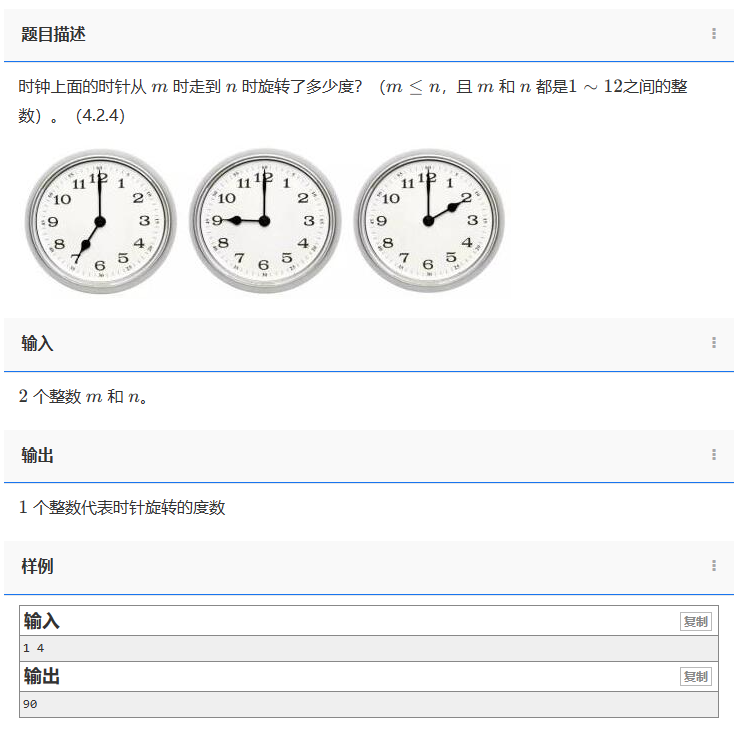
![[数据结构]插入和希尔排序](https://img-blog.csdnimg.cn/direct/4178a8c92ab44a49b688378c0b8a9bf5.png)


